
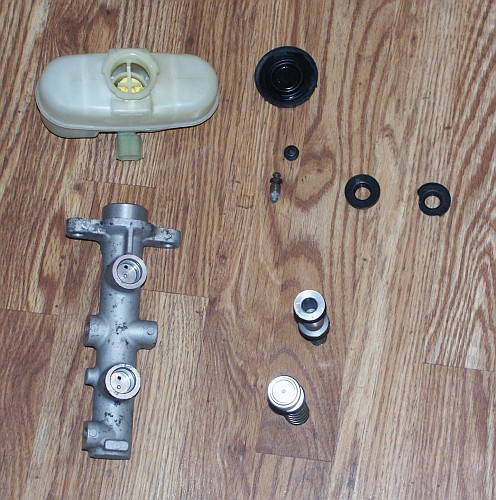

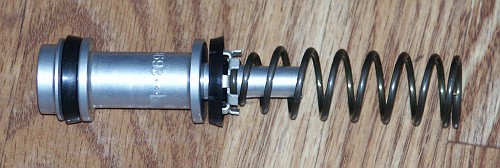
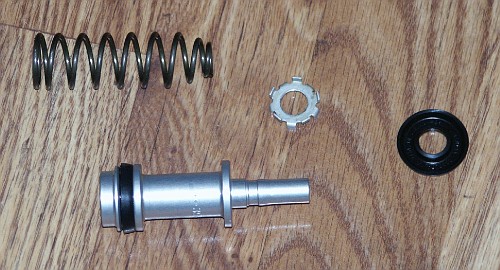
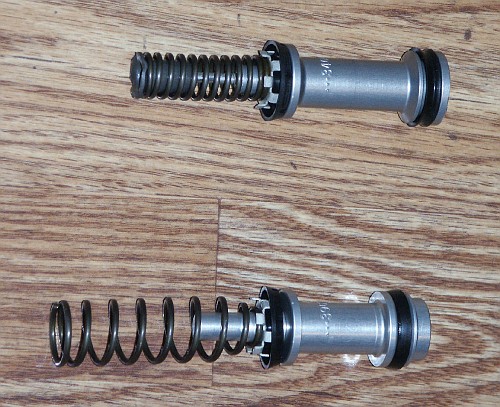
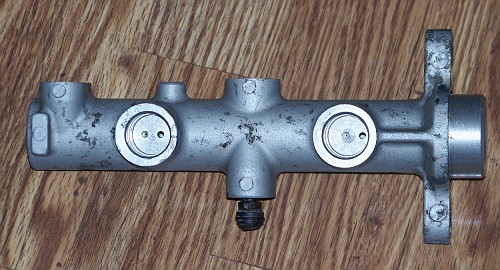

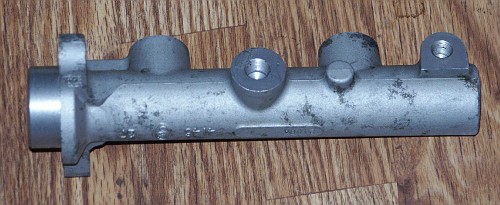
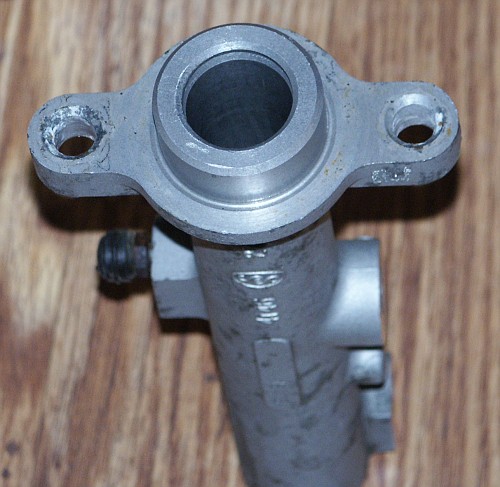
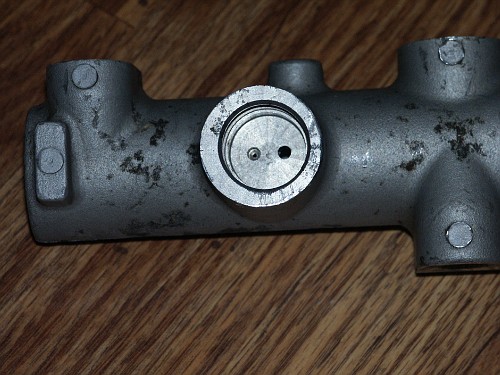
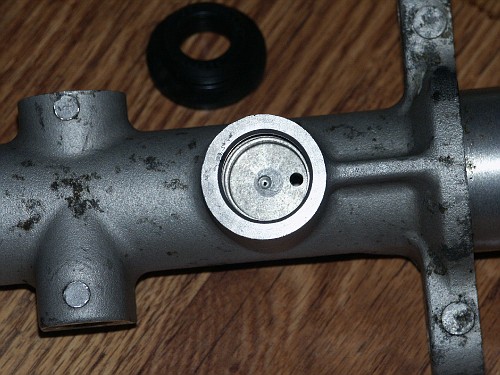
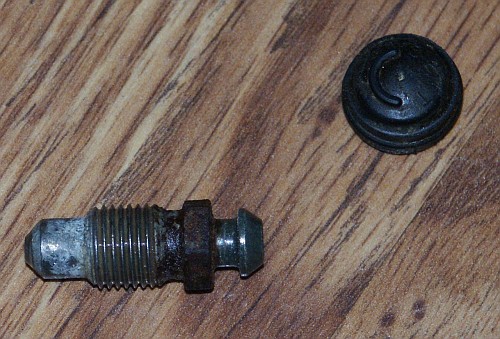
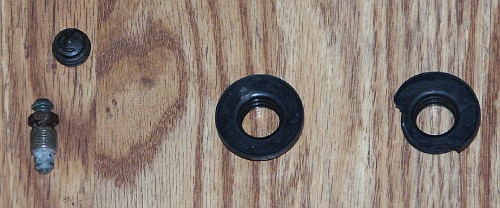
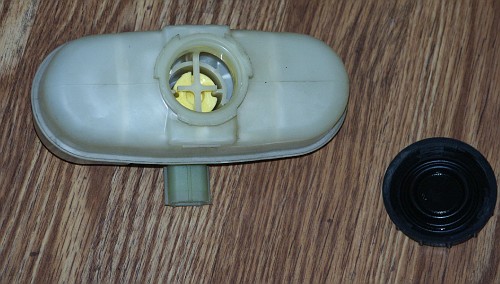
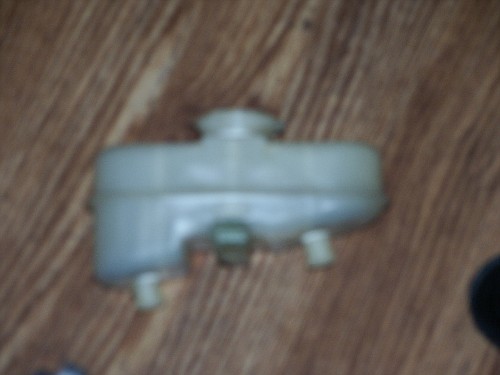
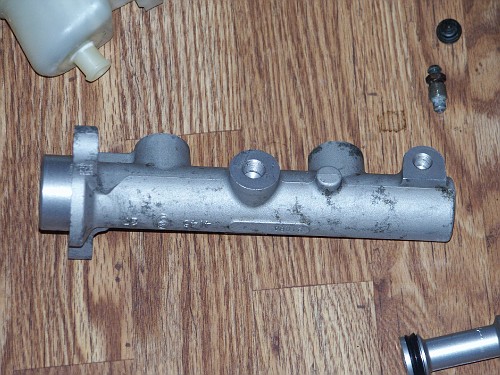
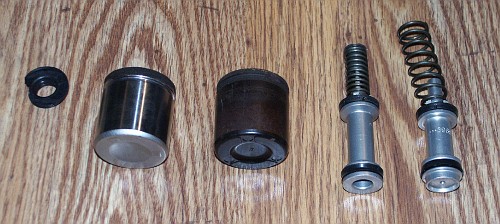
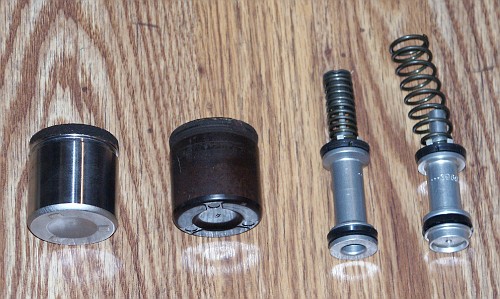
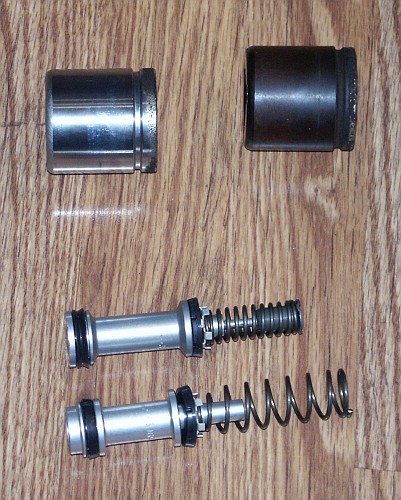
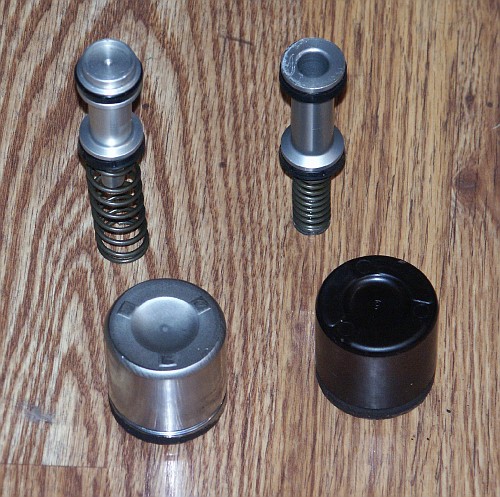
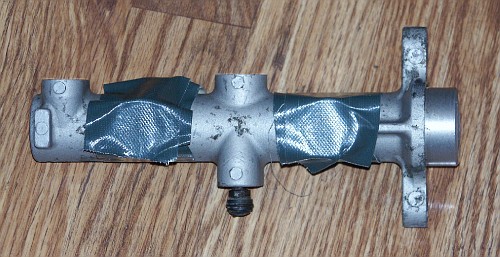
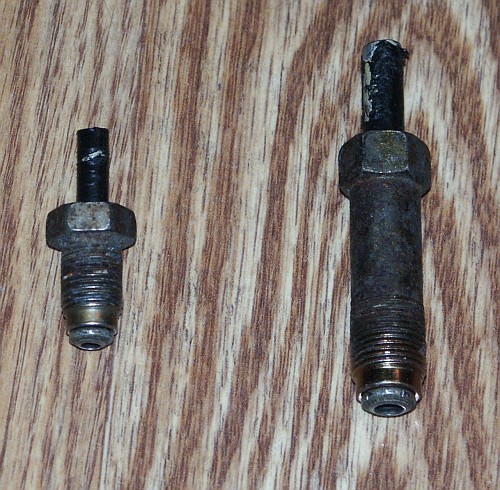

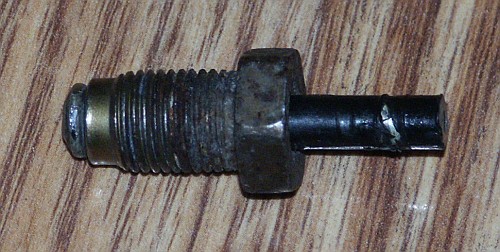
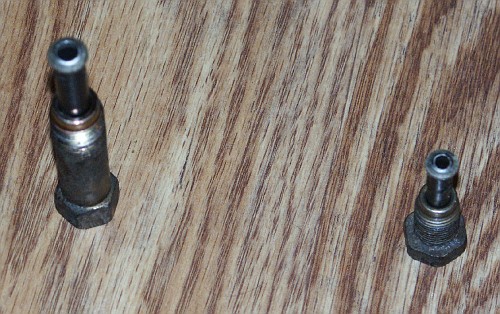
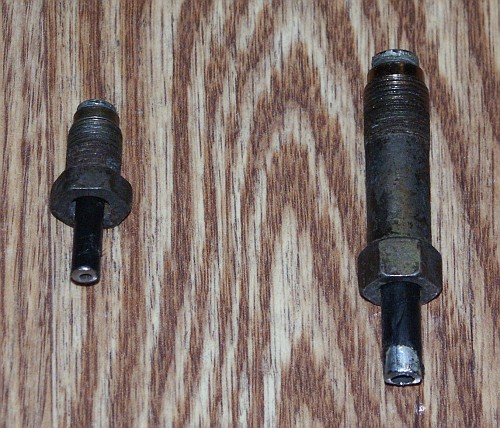

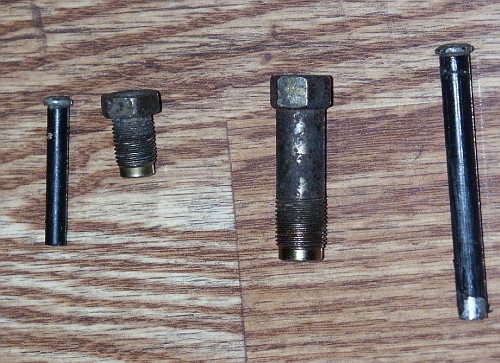
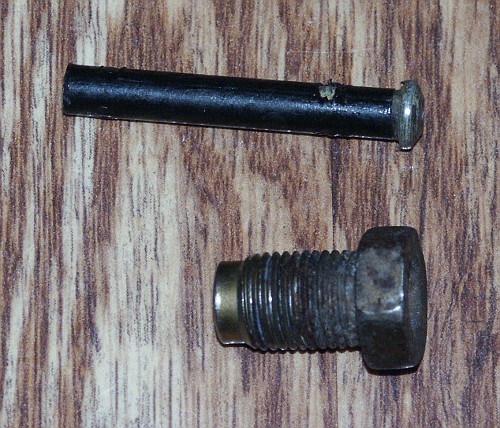
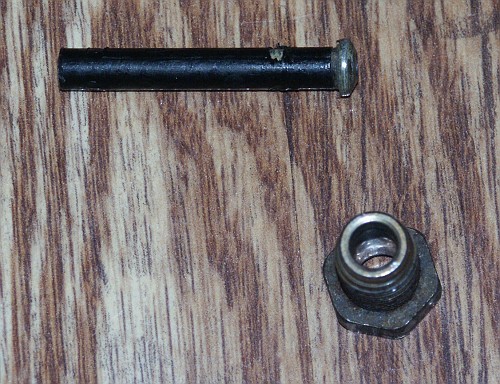

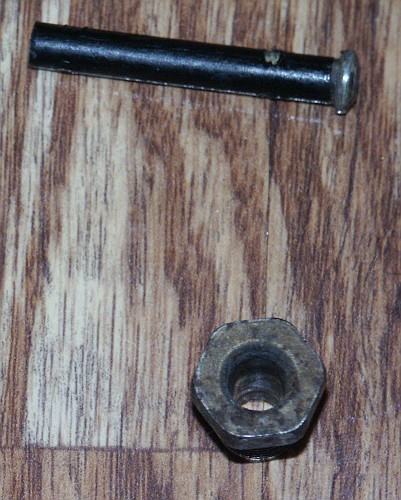
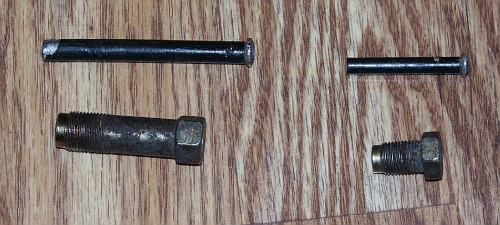
| Part Number |
Description |
| 6W1Z-2140-AA | Master Cylinder for 2003-2010
Crown Victorias WITH
Traction
Control Also used in 2001-2002 Crown Victorias With Antilock Brakes AND With Traction Control 1" Piston Bore Diameter M10 x 1 Brake Pipe Port M12 x 1 Brake Pipe Port Replaces: 1W1Z-2140-AA |
| 6W1Z-2140-BA | Master Cylinder for 2003-2010
Crown Victorias WITHOUT
Traction
Control Also used in 2001-2002 Crown Victorias With Antilock Brakes AND Without Traction Control 1" Piston Bore Diameter M10 x 1 Brake Pipe Port M12 x 1 Brake Pipe Port Replaces: 1W1Z-2140-BA |
| F7AZ-2140-AA |
Master Cylinder for 1997-2002
Crown Victorias WITHOUT
ABS
Anti-Lock
Brakes 11/16" Piston Bore Diameter M10 x 1 Brake Pipe Port M18 x 1 Proportioning Valve Port Proportioning valve has M12 x 1 Port where Brake Pipe Connects |
| F7AZ-2K478-AA |
Master Cylinder Reservoir for
1997-2010 Crown Victorias WITH Traction Control |
| F7AZ-2K478-BA | Master Cylinder Reservoir for 1997-2010 Crown Victorias WITHOUT Traction Control |
| E9SZ-2L074-A |
Master Cylinder Aluminum
Body->Reservoir Seals |
| E9SZ-2162-A |
Master Cylinder Reservoir Cap
for 1995-2010 Crown Victorias WITH Antilock Brakes |